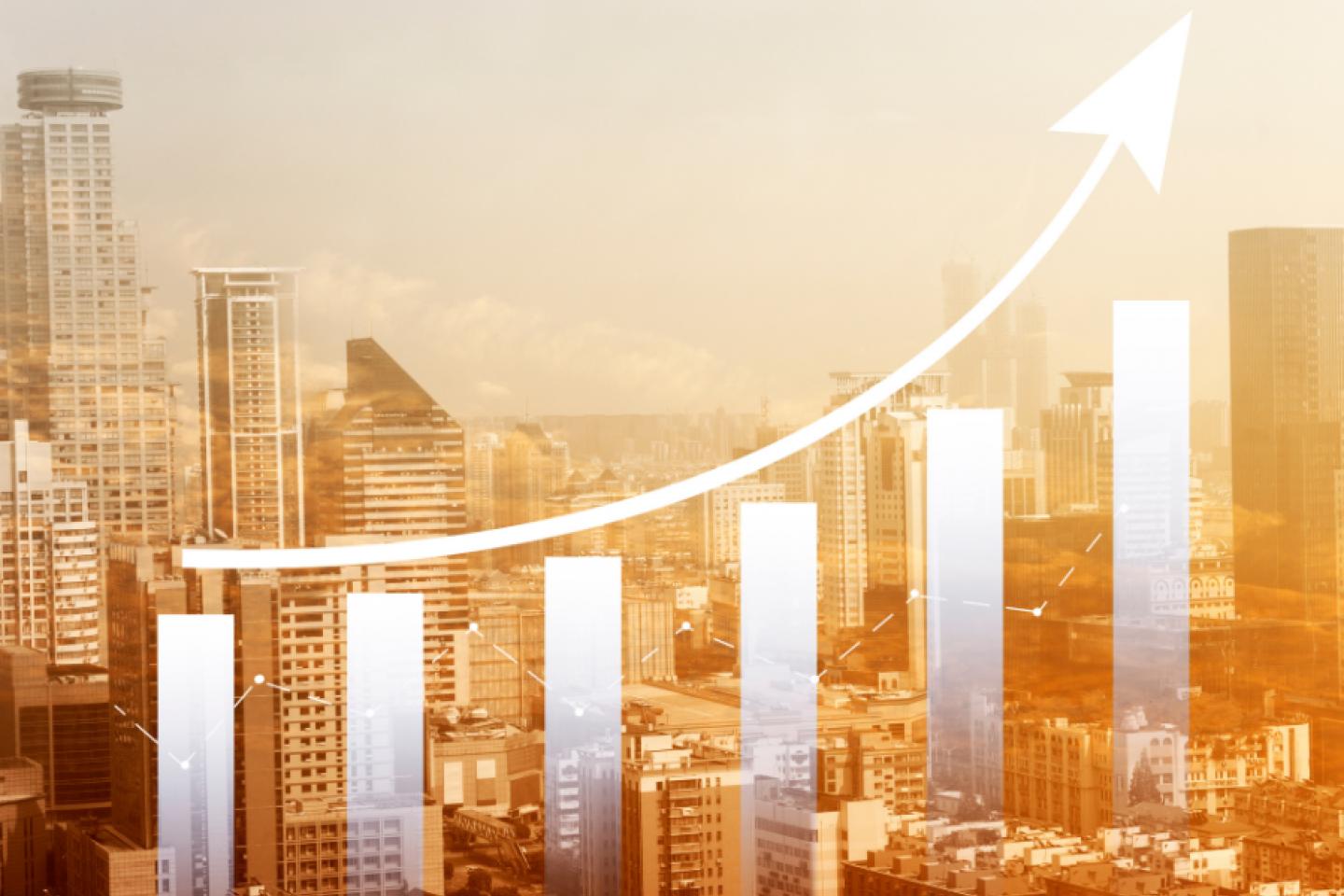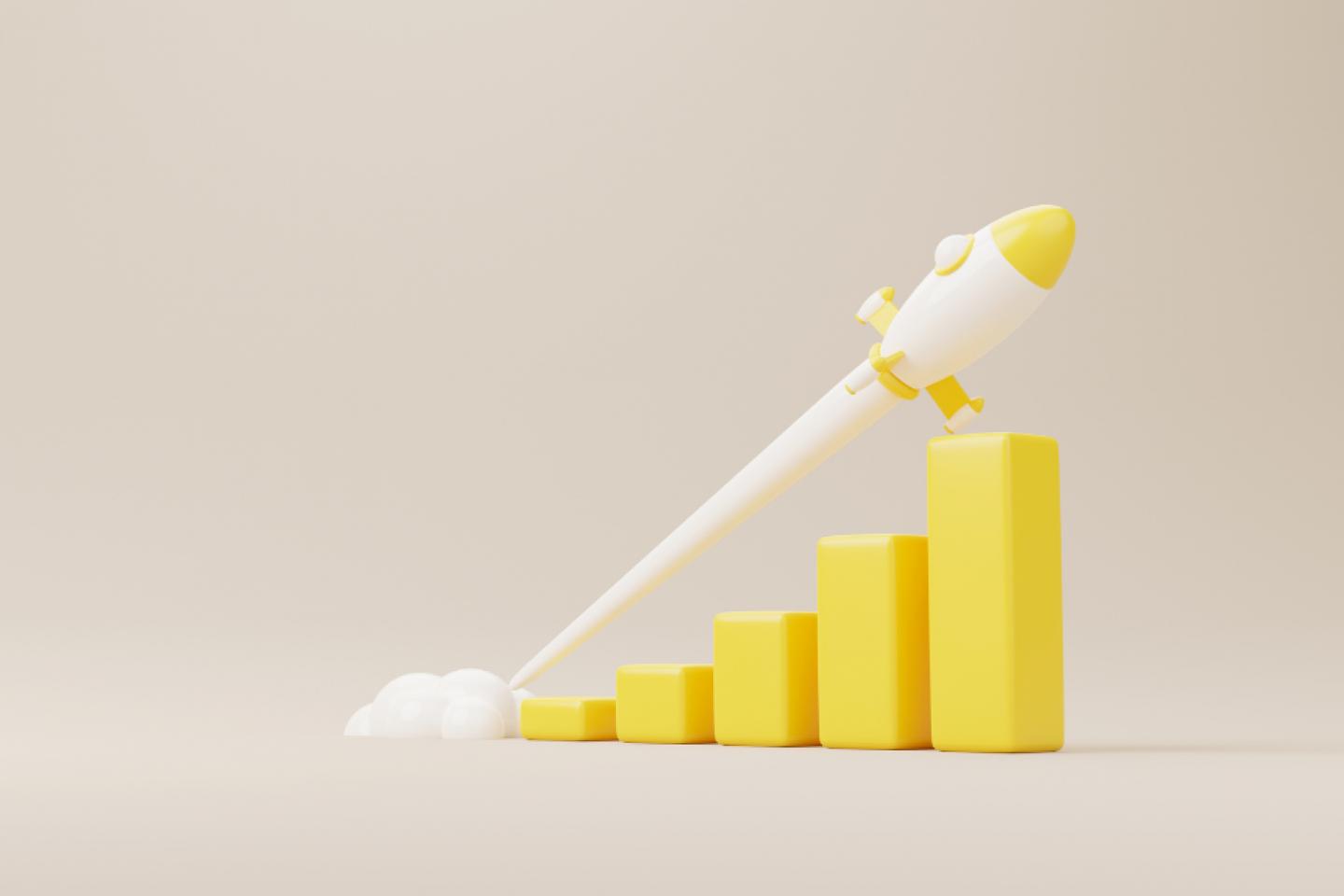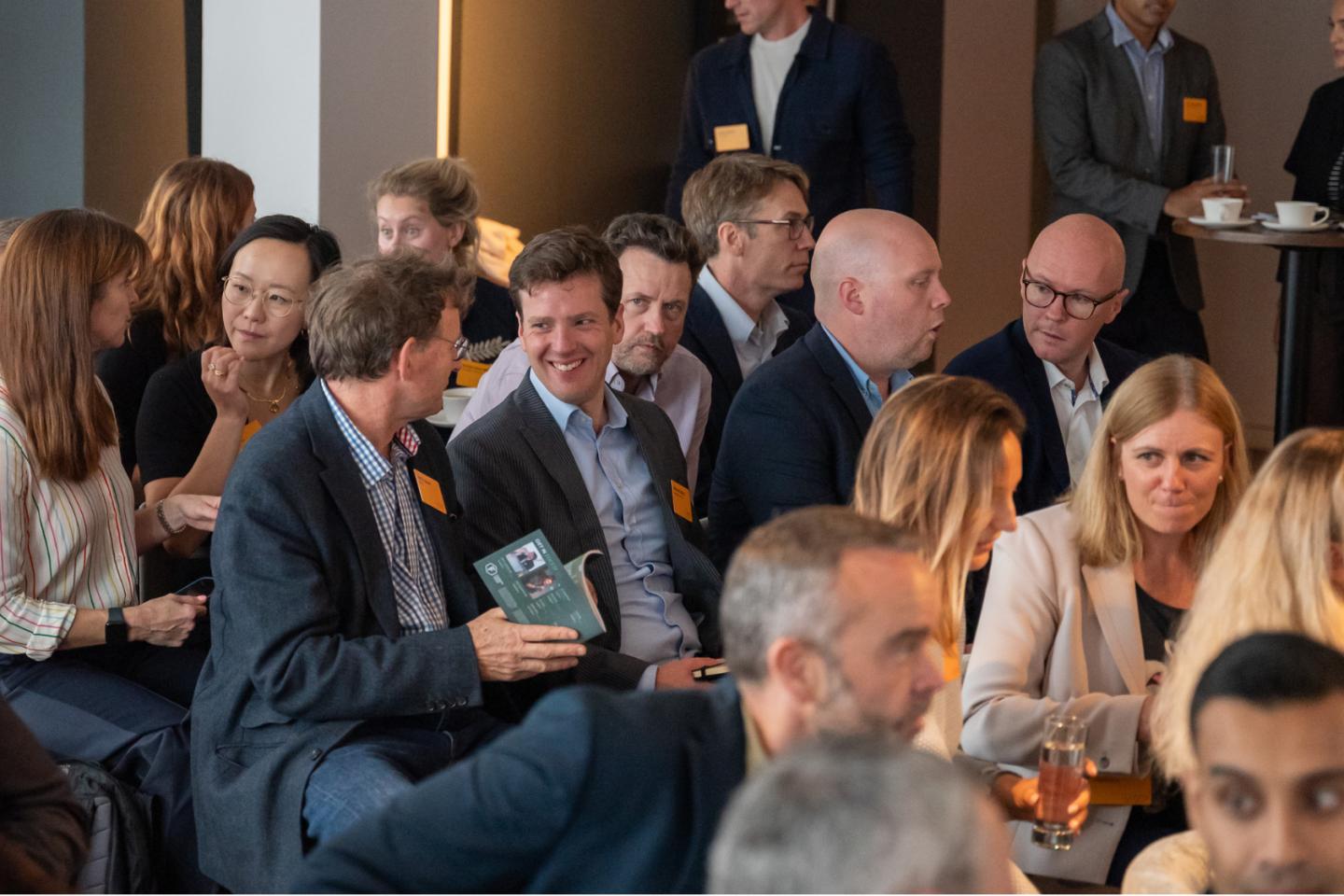
Experiential marketing is one of the most innovative and unique forms of modern advertising.
And if you’re unfamiliar with the term ‘experiential marketing’, then don’t worry - there’s an almost endless number of alternative names for it. Engagement marketing, event marketing, live marketing - the list goes on.
But what does experiential marketing actually involve?
Experiential marketing is all about creating memorable experiences and encouraging direct interactions with consumers. This could be through pop-up stores, events, installations or festivals.
While many advertising channels deliver one-way traffic (i.e. brands speaking to customers) experiential marketing places more emphasis on two-way engagement.
Immersion helps brands to create more meaningful connections with their target audience.
Consumers are infinitely more likely to remember an exciting physical experience, which increases the chances that they’ll also remember the brand that created it.
Experiential marketing is also more than a gimmick. Businesses can move beyond one-off events and integrate brand experiences into their longer-term strategies to build stronger connections over time.
Let’s take a look at some shining examples of experiential marketing, and showcase how brands can make the most of these unique activations.
Examples of successful brand experiences
More and more brands are now recognising the massive potential of experiential marketing.
While some companies may have previously dismissed these experiences as a novelty, many are now embracing the opportunity to engage consumers in a more impactful way.
Below are some best-in-class examples of experiential marketing across a range of different industries.
JACQUEMUS - Pop-Up Fashion Stores
Fashion brand JACQUEMUS has recently been making headlines in Europe’s fashion capitals with a series of unique pop-up stores.
The stores (branded ‘JACQUEMUS 24/24’) have opened in iconic areas of cities such as Milan and Paris and most recently London, showcasing both the latest JACQUEMUS products and the creative vision of the brand.
These pop-ups have been specially designed to feel like futuristic vaults and changing rooms, providing consumers with a truly unique space to explore.
This kind of experiential marketing is particularly interesting for a premium brand like JACQUEMUS. While many luxury businesses strive to appear unattainable, JACQUEMUS is creating accessible and tangible experiences for potential customers.
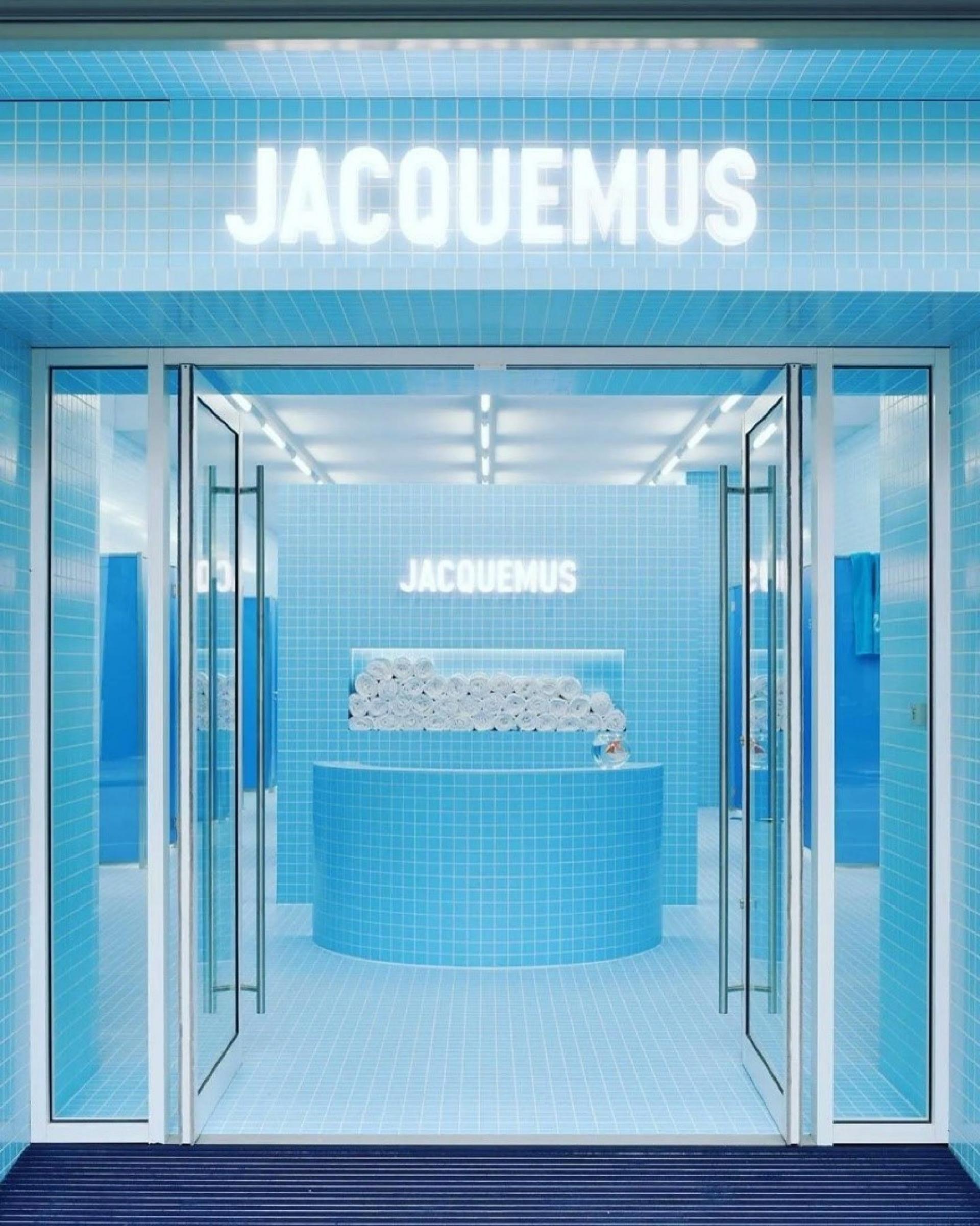
Simon Porte Jacquemus, the brand’s creative director, summarised the role of experiential marketing for the business: “The idea is to break the frontiers in the world of luxury. We want you to come in feeling welcome and have a great experience, no matter what you do inside.”
Amplify - La Casa De Papel
Amplify (a ‘global brand experiences agency’) specialises in highly immersive, creative and innovative experiential marketing. The business states that it ‘builds worlds’ and ‘creates culture’ through consumer-centric brand experiences.
In 2021 the agency worked alongside Netflix to launch the final season of global sensation ‘Money Heist’.
The campaign involved a combination of digital and physical experiences that celebrated the cultural impact and excitement surrounding the show.
‘Super fans’ in France and Poland were recruited through a rigorous casting process, which resulted in an immersive physical competition that was broadcast on TV and streamed on YouTube.
The competition winners were rewarded for their efforts, with one prize being a real 1kg gold bar - not too shabby! Competition video content was then promoted and distributed through various media channels.
This is a fantastic example of how physical experiences can be integrated into wider marketing plans to broaden their reach and impact.
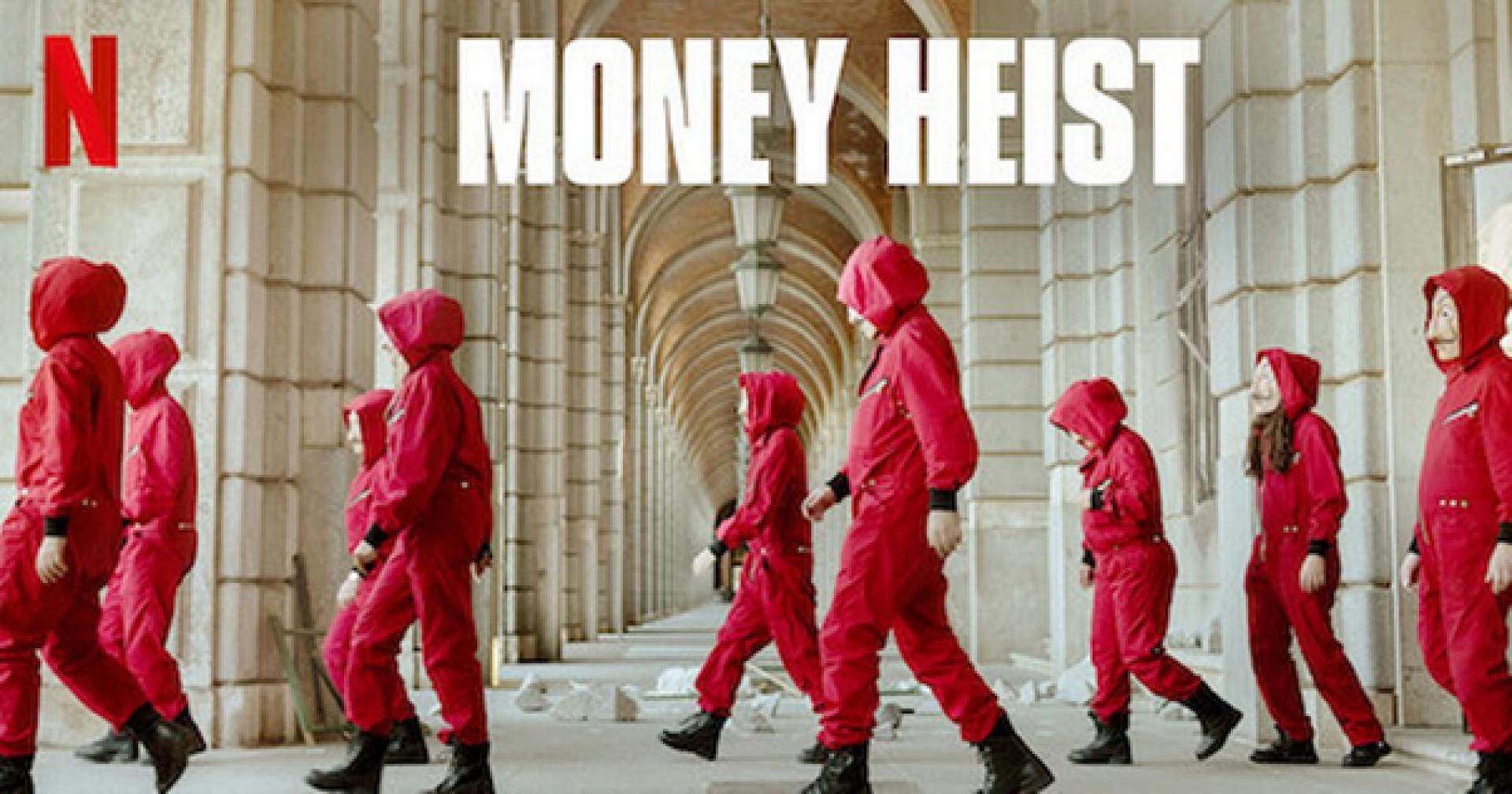
SPACE - The World’s Most Rubbish Bar
Creative agency SPACE worked alongside Discarded Spirits Co. to deliver a truly one-of-a-kind brand experience.
The agency launched a pop-up bar that perfectly encapsulated the zero-waste mission of Discarded Spirits and reflected its passion for sustainability.
The entire pop-up was constructed using waste materials and recycled products.
Everything from the menus to the furniture to the cocktails was created from waste,
encouraging consumers to re-think their definition of ‘recycling’ as they enjoyed the sold-out luxury event.
Three themed rooms were set up to highlight Discarded’s waste-free products, providing attendees with a fully-immersive and exclusive experience.
All of these elements showcased the brilliant creativity of SPACE, as well as the endless possibilities of experiential marketing. But the campaign also drove some exceptional results for Discarded Spirits.
The event generated massive publicity and media attention. PR and social media activity reached 20 million consumers, while Discarded Spirits saw a 380% increase in growth throughout the year.
This campaign proves that the value of experiential marketing can extend far beyond a one-off event or individual pop-up.
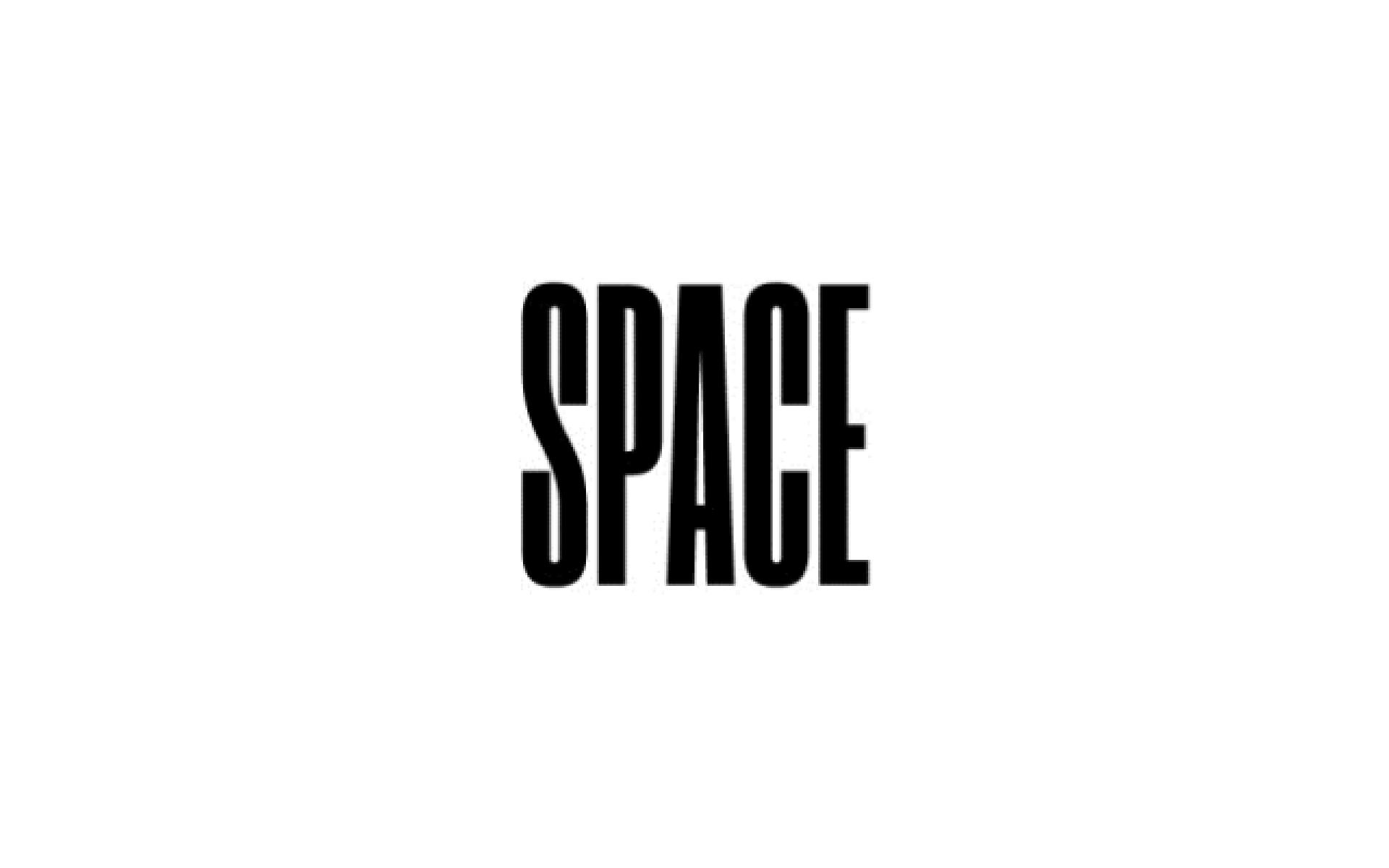
Other notable examples of experiential marketing
Many agencies are now exploring new and innovative ways to deliver experiential activations for their clients.
M&C Saatchi, for example, recently won awards for their work with Heineken at global F1 race events. The agency set up four live music shows at Heineken title races in Zandvoort, Monza, Mexico City and São Paulo.
These music events provided F1 fans with unforgettable experiences, while also allowing Heineken to strengthen its brand presence in key markets.
By tapping into this kind of live event (e.g. music, sport) agencies can harness the natural passion of fans to create truly memorable experiences through experiential marketing.
Bearded Kitten, another established creative agency, has placed a major emphasis on speedy and efficient experiential activations.
Many companies have hesitated about testing experiential marketing because they’re concerned about lengthy production timelines and logistical challenges.
Bearded Kitten has proven that rapid turnarounds are still possible for fame-building campaigns and big idea launches.
The agency has already achieved the seemingly impossible for several clients, including the creation of a huge ‘Pick N Mix’ installation on the Southbank for O2, and a 48-hour shop build for Paddy Power in Manchester.
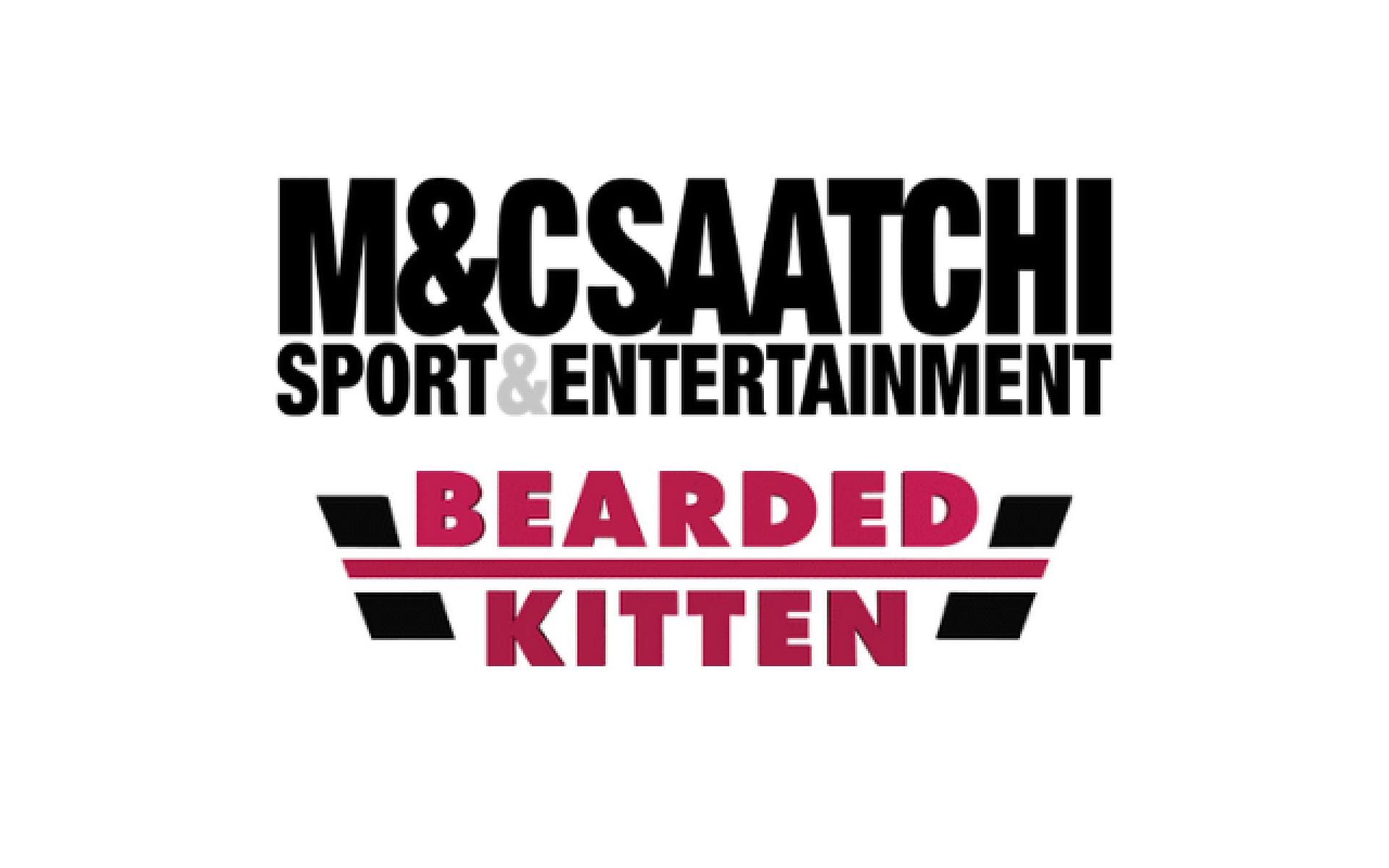
Does experiential marketing work?
Experiential marketing often leads to extremely impressive brand campaigns and jaw-dropping physical events.
But do these creative activations actually deliver tangible results?
Well, the numbers speak for themselves.
58% of marketers who use experiential marketing call it an effective strategy, while 48% say they’re looking to increase their experiential investment in 2022.
There are plenty of case studies showing that brand experiences aren’t just effective at generating fame and publicity - these activations can also deliver exceptional business results.
As life gradually returns to normal after the pandemic, consumers are more excited than ever for the return of physical events such as festivals and pop-ups.
This is where experiential marketing strategies can shine.
If brands can identify the perfect moments to engage their audiences and create genuinely unique experiences for them, they can build positive connections that will last a lifetime.
